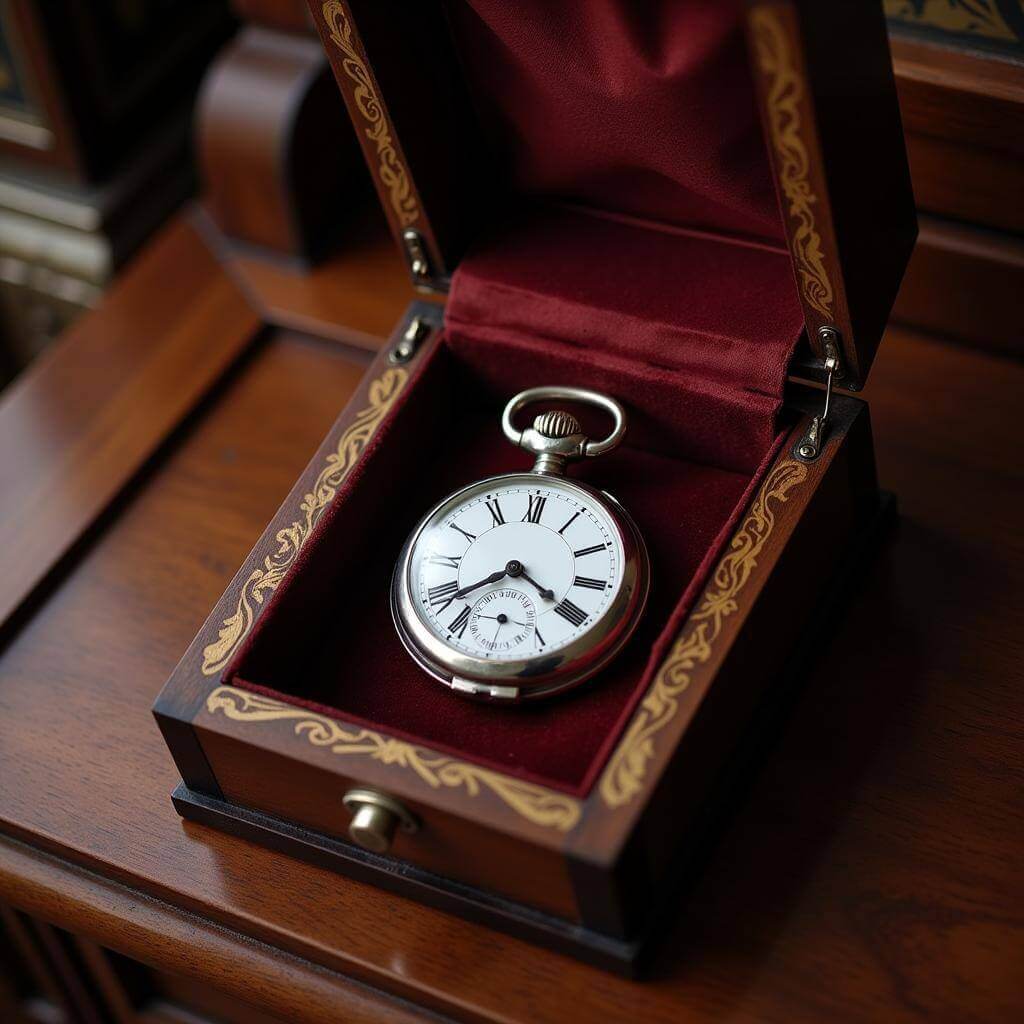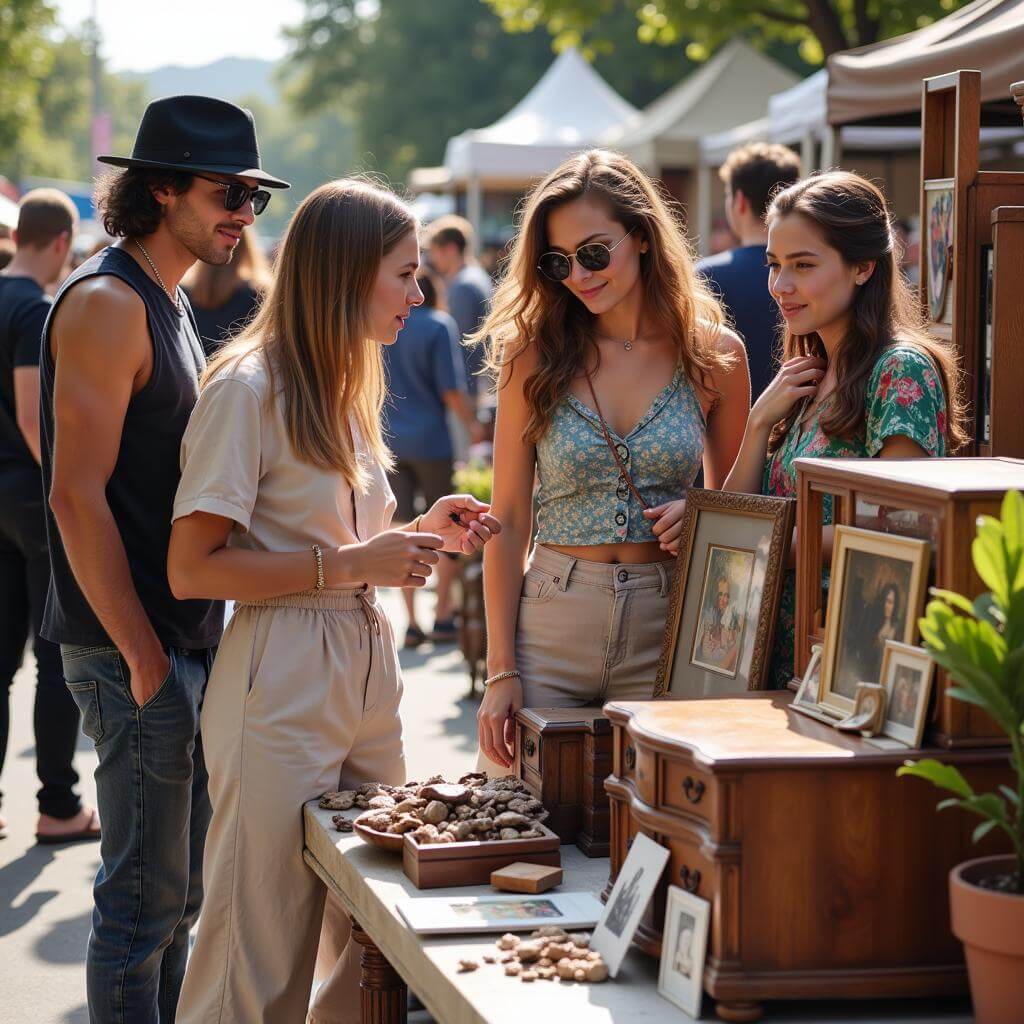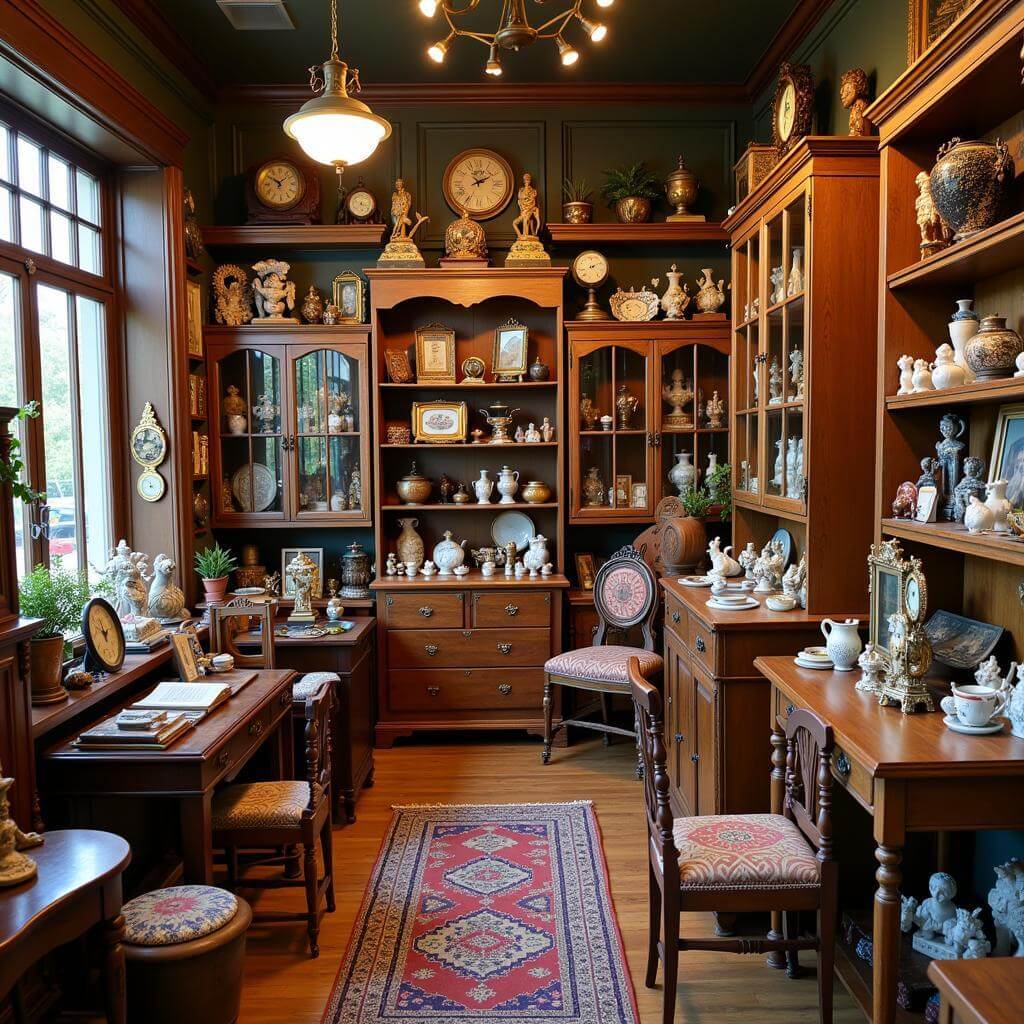The IELTS Speaking test often includes questions about personal experiences and family life. One topic that frequently appears is describing an antique or family heirloom. This article will guide you through answering such questions effectively, helping you achieve a high band score in your IELTS Speaking test.
Part 1: Introduction and Interview
In this section, the examiner may ask you some general questions about antiques or family possessions. Here are some potential questions and a sample answer:
Examiner: “Do you have any antiques in your family?”
Sample answer (Band 7-8):
“Yes, indeed. My family has several antiques that have been passed down through generations. The most notable one is a vintage grandfather clock that has been in our family for over a century. It’s not only a beautiful piece of craftsmanship but also holds significant sentimental value for us.”
Part 2: Long Turn
Here’s a sample cue card related to the topic:
Describe an antique that your family has kept for a long time
You should say:
- What the antique is
- How long your family has had it
- Where you keep it in your house
- And explain why this antique is important to your family
Sample answer (Band 8-9):
“I’d like to talk about a cherished family heirloom that has been in our possession for generations – a beautifully crafted silver pocket watch. This exquisite timepiece has been in our family for over 150 years, passed down from my great-great-grandfather to each subsequent generation.
The pocket watch is meticulously preserved in a custom-made display case that sits prominently on the mantelpiece in our living room. Its prime location in our home is a testament to its significance and the reverence we hold for it.
This antique is immensely important to our family for several reasons. Firstly, it serves as a tangible link to our ancestors, allowing us to connect with our heritage in a very personal way. Each time we look at it, we’re reminded of the rich history and enduring legacy of our family.
Moreover, the watch is a symbol of resilience and perseverance. It has survived through world wars, economic depressions, and countless family milestones, standing the test of time both literally and figuratively. This durability is something we aspire to emulate in our own lives.
Lastly, the pocket watch serves as a poignant reminder of the value of craftsmanship and attention to detail. In today’s fast-paced, disposable world, it’s a refreshing contrast that encourages us to appreciate quality and longevity in the things we own and create.
In essence, this antique pocket watch is far more than just a timekeeping device. It’s a repository of family history, a source of inspiration, and a cherished connection to our past that continues to enrich our present and will undoubtedly be treasured by future generations.”
 Antique silver pocket watch in custom display case
Antique silver pocket watch in custom display case
Follow-up questions:
Examiner: “How do you ensure the antique remains in good condition?”
Sample answer (Band 8-9):
“We take meticulous care of the pocket watch to ensure its longevity. This involves regular gentle cleaning with appropriate materials, storing it in a climate-controlled environment to prevent tarnishing, and having it professionally serviced by a specialist in antique timepieces every few years. We’re also extremely cautious when handling it, always using soft, lint-free gloves to avoid transferring oils from our skin to the delicate metal surface.”
Part 3: Two-way Discussion
Examiner: “Why do you think some people collect antiques?”
Sample answer (Band 7-8):
“There are several reasons why people might be drawn to collecting antiques. Firstly, many appreciate the historical value of these items, seeing them as tangible connections to the past. Antiques often have fascinating stories attached to them, which can make them more appealing than modern items.
Secondly, some people view antiques as investments. Certain pieces can appreciate significantly in value over time, making them attractive from a financial perspective.
Lastly, there’s an aesthetic appeal to antiques. Many people find the craftsmanship and designs of older items more appealing and unique compared to mass-produced modern goods. Collecting antiques allows them to surround themselves with beauty and express their personal style.”
Examiner: “Do you think the younger generation is interested in antiques?”
Sample answer (Band 8-9):
“That’s an intriguing question. I believe the younger generation’s interest in antiques is somewhat nuanced. On one hand, we’re seeing a resurgence of interest in vintage and retro items among millennials and Gen Z, which could extend to genuine antiques. This trend is partly driven by a desire for uniqueness and sustainability, as antiques offer both individuality and a way to reduce consumption of new goods.
However, it’s also true that many young people prioritize minimalism and digital experiences over physical possessions, which could diminish their interest in collecting antiques. Additionally, the high cost and maintenance requirements of many antiques might be deterrents for younger individuals who often face financial constraints.
That said, I think there’s potential for increased engagement with antiques among younger people, especially if the antique market can adapt to digital platforms and highlight the sustainability aspect of preserving and repurposing old items. It’s also worth noting that as younger generations become more conscious of their heritage and history, they might develop a greater appreciation for antiques as links to their past.”
 Young adults browsing antiques at a flea market
Young adults browsing antiques at a flea market
Key Vocabulary and Phrases for High Scores
-
Heirloom [/ˈeə.luːm/] (noun): A valuable object that has belonged to a family for several generations.
Example: “The antique vase is a precious heirloom in our family.” -
Vintage [/ˈvɪn.tɪdʒ/] (adjective): Of high quality and lasting value, or showing the best and most typical characteristics of a particular type of thing, especially from the past.
Example: “She collects vintage watches from the 1920s.” -
Craftsmanship [/ˈkrɑːfts.mən.ʃɪp/] (noun): The skill in making something, typically by hand.
Example: “The intricate craftsmanship of the antique furniture is truly remarkable.” -
Sentimental value [/ˌsen.tɪ.men.təl ˈvæl.juː/] (noun phrase): The value of an object derived from personal or emotional associations rather than material worth.
Example: “This old photograph has great sentimental value to me.” -
To pass down [/pɑːs daʊn/] (phrasal verb): To transfer something, especially a tradition or possession, to a younger generation.
Example: “The recipe has been passed down in our family for generations.” -
Repository [/rɪˈpɒz.ɪ.tər.i/] (noun): A place where things are stored and can be found.
Example: “The museum serves as a repository for the region’s historical artifacts.”
 Antique store with diverse collection of items
Antique store with diverse collection of items
Examiner’s Advice
To achieve a high score in the IELTS Speaking test when discussing antiques or family heirlooms:
- Use specific and varied vocabulary related to antiques and historical items.
- Provide detailed descriptions, including information about the item’s appearance, history, and significance.
- Express personal opinions and emotions connected to the antique or heirloom.
- Use a range of grammatical structures, including complex sentences and idiomatic expressions.
- Practice speaking about various antiques or family possessions to improve fluency and confidence.
- Be prepared to discuss broader topics related to antiques, such as their cultural significance or economic value.
Remember, the key to success in the IELTS Speaking test is not just about describing a room in your house where you feel comfortable, but also about expressing your thoughts clearly and engagingly on a wide range of topics, including personal possessions and family traditions.


